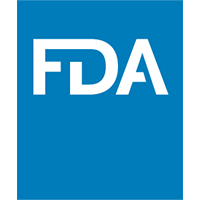FDA’s revised MAPP outlines procedures for generic drug labeling changes
 Advertising, Promotion and LabelingNorth AmericaPharmaceuticalsRegulatory Intelligence/Policy
Advertising, Promotion and LabelingNorth AmericaPharmaceuticalsRegulatory Intelligence/Policy Advertising, Promotion and LabelingNorth AmericaPharmaceuticalsRegulatory Intelligence/Policy
Advertising, Promotion and LabelingNorth AmericaPharmaceuticalsRegulatory Intelligence/Policy